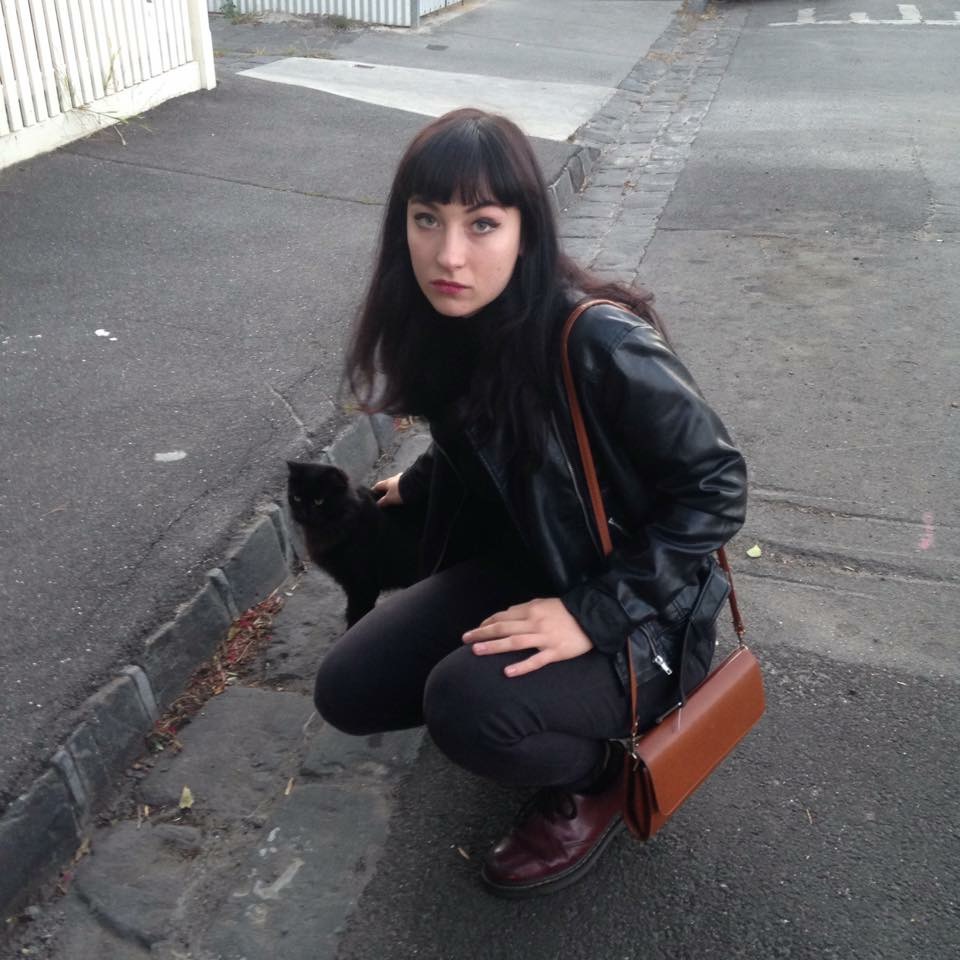- What is the controlling idea: How to deal depression in a creative sense.
- How is your portrait film structured?
It’s a discussion of an event using voiceover. I don’t want to have sound of my own voice, I want it to sound as if it were unprompted. Just a story, or a personal journey. If I were to talk, I want it to break the 4th wall of interviewing. That the prompt itself needs to be heard to understand the response or even elicit one.
3. What do you want your audience to make of your interviewee?
I’ve chosen this person because they’re an eccentric. It’s a hard hitting topic, of being idle and falling into depression, however I think through my interviewee’s quirkiness and passion for invention I can show a light hearted, even humourous side to this person.
- How is your portrait being narrated?
I am going to use voiceover in conjunction with correlating footage I will shoot and also find. I want to start with introducing the interviewee, focus on their property, the environment, then question why they are living in this place, the reasons that led them there, and overcoming the conflict of depression.
- What role will found footage play in your portrait?
I will really need to utilise found footage for pickups, as I only have one day to film with my subject. It will be in an enforcement style. I think it’s really easy to use retro style footage to contrast with modern footage.I am considering juxtaposing “normal” family footage with the footage showing the isolation of my character.
- Does your portrait have a dramatic turning point?
I think the portrait will begin with nearly undermining my subjects eccentric habits. It will be comedic at first, and nearly pitiful, but after we hear the reasoning behind why he does what he does, we will find an understanding of his behaviour and come to see this character as quite strong.
- When does this turning point occur and why?
I am planning for it to occur halfway through. I want it to be an equally comedic portrait as it is meaningful. I think that shows depth for this person, having two sides, being multifaceted.
- How does it gain and gather momentum?
I think I will begin by hooking the audience in with the characters eccentricism. The interesting inventions, lifestyle and quips. Hopefully the audience will want to understand my interviewee more and I will abstain from asking hard hitting questions for a while, and when I do I intend for the audience to want to know more about the man behind the machines.
- Where will your dramatic tension come from?
A gradual exposition of the overall conflict prompted by questions. I think I will shy away from using footage here and show directly the interviewee answering questions so there is an undivided attention brought to the subject’s emotions.
- Does the portrait have a climax or resolution?
I think the film will climax when the subject is discussing his depression. This will be resolved when we can see that the behaviours that were shown as laughable and “quirky” are actually coping mechanisms exhibited in a creative way. This will convey the character’s strength and ability to turn something unfortunate into something productive.
